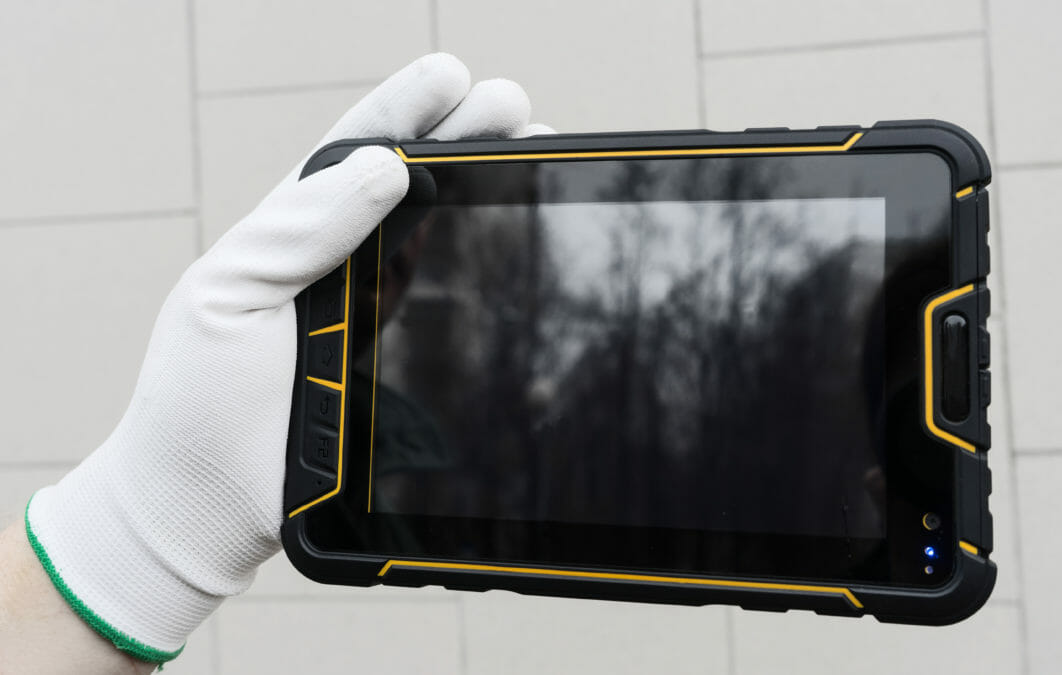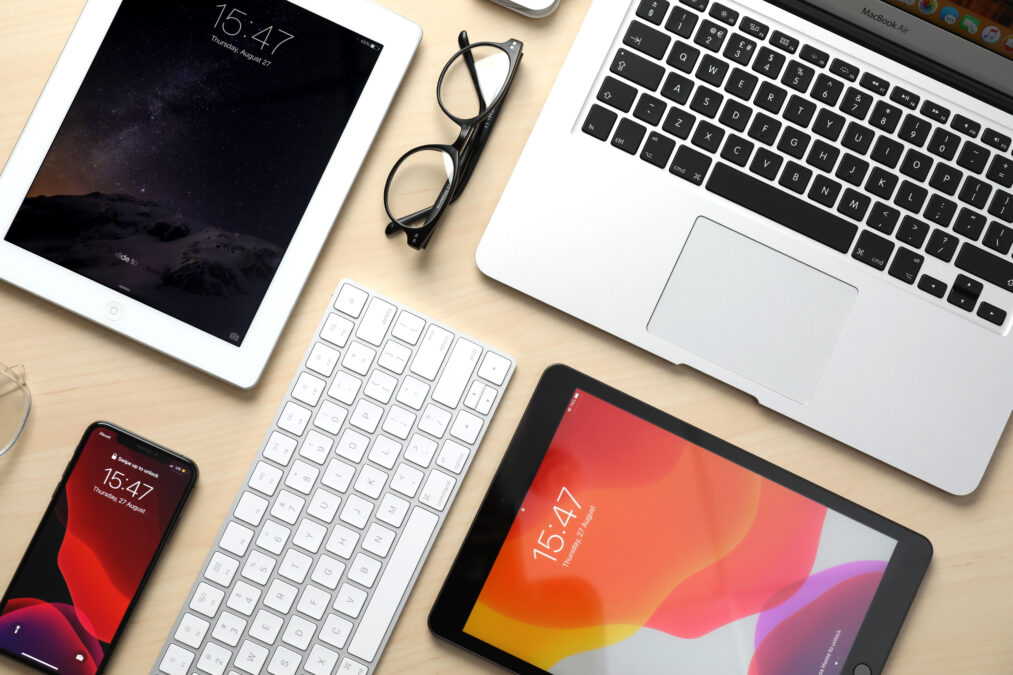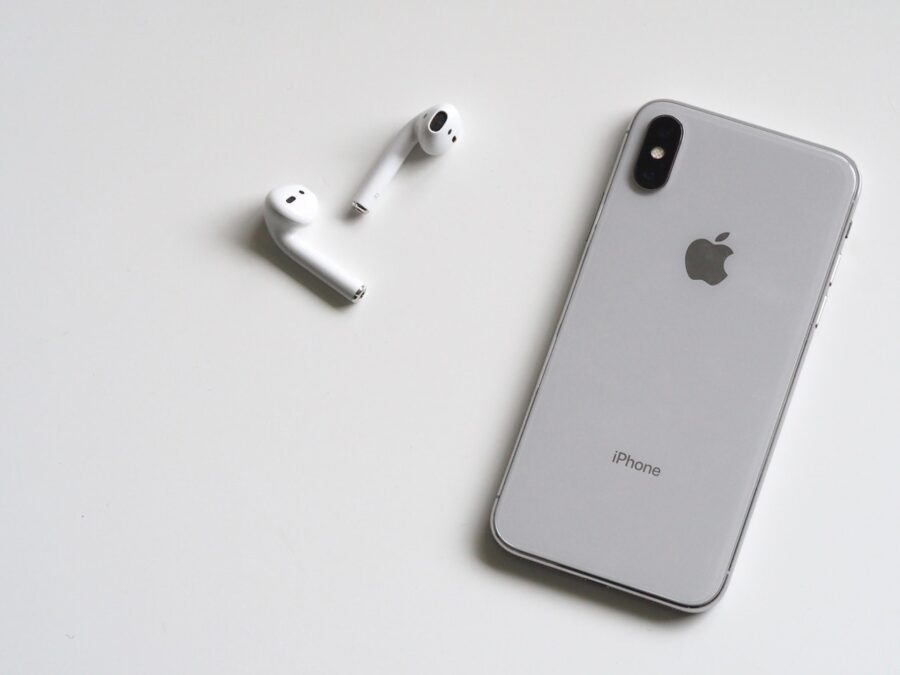Rugged devices are everywhere. If you have recently been to the supermarket, accepted a delivery, or had building work done on your house, it is likely a robust mobile or tablet would have been part of the process. What was once deemed a niche category, defined by bulky hardware, has been through a makeover. The modern rugged device combines the functionality and durability of the traditional handset with the style and interface of a consumer smartphone.
As devices advance, so does the demand. In research we recently commissioned at Samsung, we found that 90% of those currently using rugged technology – and over half of non-users – would like their company to invest in more devices in the future. With tough tech already forming a vital building block in digital transformation projects, businesses must consider how their rugged mobility fleet will stand the test of time and adapt to a new era of connectivity.
5 steps to deliver digital transformation in the public sector
Enabling frontline communication
When we talk about connectivity, we don’t just refer to networks and sensors, but the way humans interact. People lie at the heart of these industries and will be the key drivers for whether new technologies will be a success or not. As such, the devices they use must be purpose-built to enable communication in the most extreme of environments.
In recent years, rugged devices have advanced to incorporate features that facilitate frontline communication. Three quarters of industry users we surveyed stated that the improvement in teamwork and communication was a major benefit of rugged technology and they enjoyed being connected under every circumstance.
This connectivity is enabled by features such as push-to-talk functionality, which allows workers to use their device like a walkie-talkie without having to unlock their device and navigate the call application. This feature is particularly valuable for first responders that require instant communication, with one in five emergency services workers claiming that it would be a feature that most positively impacts their industry. The ability to access the device with heavy-duty gloves is invaluable to those working in industrial environments, with 83% users profiting from improved time efficiency by using rugged handsets.
This level of instant accessibility is emblematic of the journey rugged handsets have been on in recent years and is now a major pull factor for those looking to invest in new hardware.
The days of low pixel displays and outdated operating systems are over, with modern handsets now running the same interface that workers will be used to with their own smartphones. The user-friendly Android OS we run on our rugged products has proved a popular familiarity for those with the same interface on their consumer device; they are as easy-to-use as they are hard to break.
The future of connectivity
The Next Mobile Economy is underway in the UK. As 5G networks roll out, we will start to see more factories and warehouses deploying intelligent solutions optimised by advances in connectivity.
The next step for rugged devices will be to start incorporating 5G capability into their specifications. This process takes time but will set the foundations for rugged to become a protagonist in this new era of connectivity as the hardware that enables workers to benefit from new technology and streamline their day-to-day processes.
5G networking infrastructure spend to double in 2020 — Gartner
With augmented reality (AR), for example, the increase in bandwidth will allow a utilities field worker to access internet of things (IoT) data overlays and artificial intelligence (AI) services, such as image recognition and machine learning. This will give them contextual product data on their rugged tablet or smartphone, that will guide them through step-by-step procedures to instantly bring the eyes, ears and experience of a remote expert into the field virtually.
The role of rugged hardware in this next step has not gone unnoticed. Almost two-thirds (60%) of respondents believe it will become imperative for their industry in the next two years, while 61% state that tougher devices will form a vital part of the 5G revolution.
Securing connectivity
As this myriad of hyper-connected endpoints emerge, security must be at the forefront of every new mobility strategy. Regardless of what a device is for, it will be a node on a network that can be used as a gateway to every other device in the company. If unprotected, this gateway could be the perfect entry for a cyber criminal to ignite a breach, causing irreversible financial and reputational damage.
How to ensure edge device security
As such, any rugged device that enters an IoT network should be as tough on the inside as it is on the outside. Layering on software-level security is no longer enough to deter attackers. Instead, it is our responsibility as hardware manufacturers to build protection into a device, from the chip-up, and fuse military-grade security into its DNA.
By prioritising security in devices, providers give customers invaluable peace of mind. Over half of rugged users said that the enhanced level of data protection was a noticeable benefit, an inevitable finding when we consider that four in ten respondents currently use their personal device in a work environment.
As we enter the New Mobile Economy, we anticipate more businesses will look towards rugged hardware to bring 5G, IoT and further emerging technologies to life. Our research uncovered an unwavering, cross-industry enthusiasm for the potential of these robust, innovative devices; we look forward to seeing how they unlock a new era of connectivity and enable enterprises to stand the test of time.







